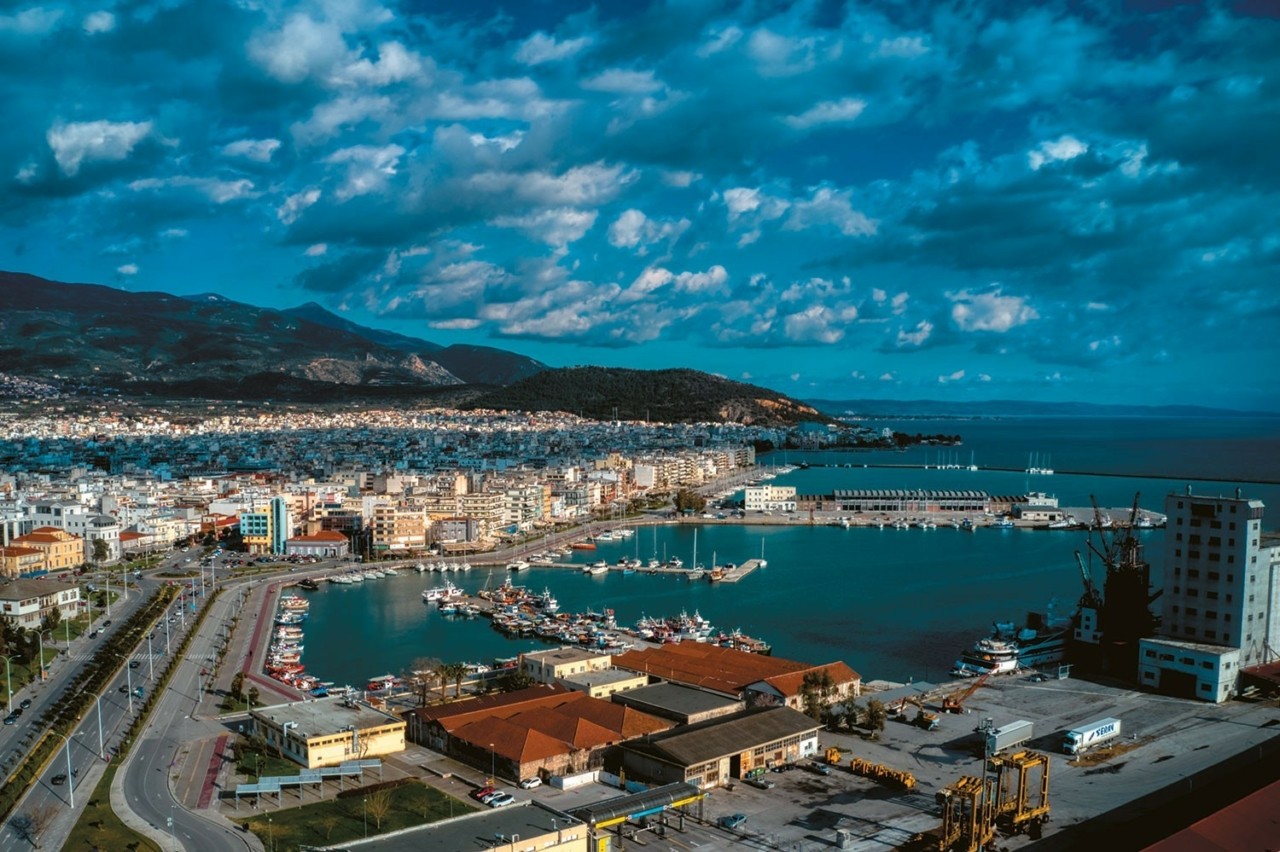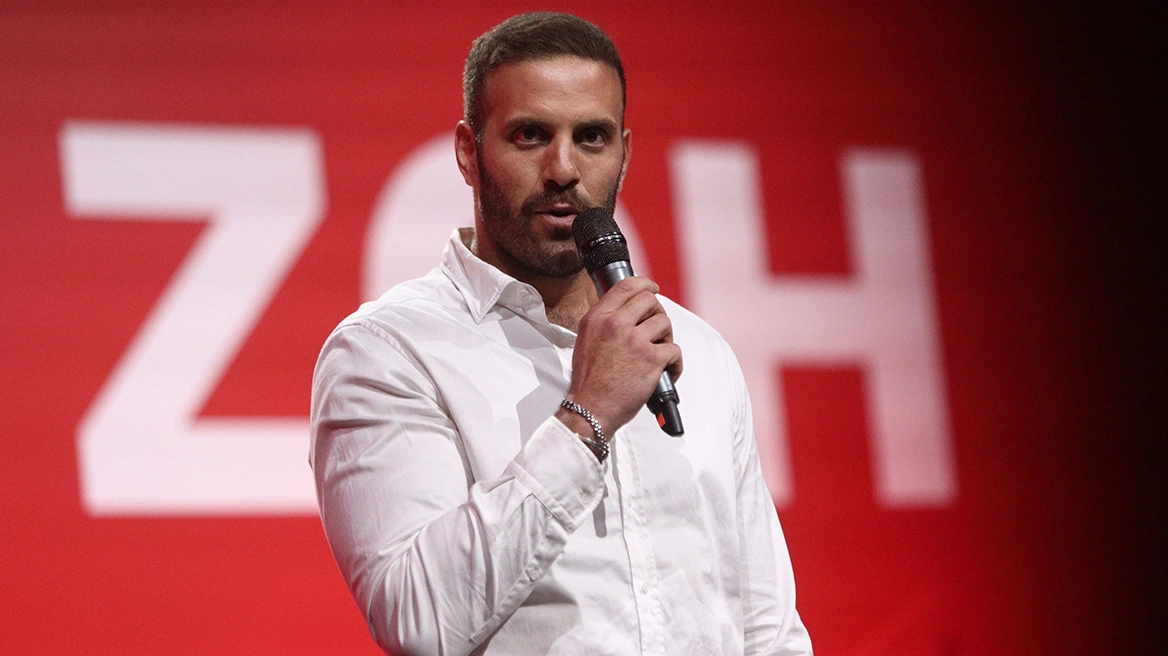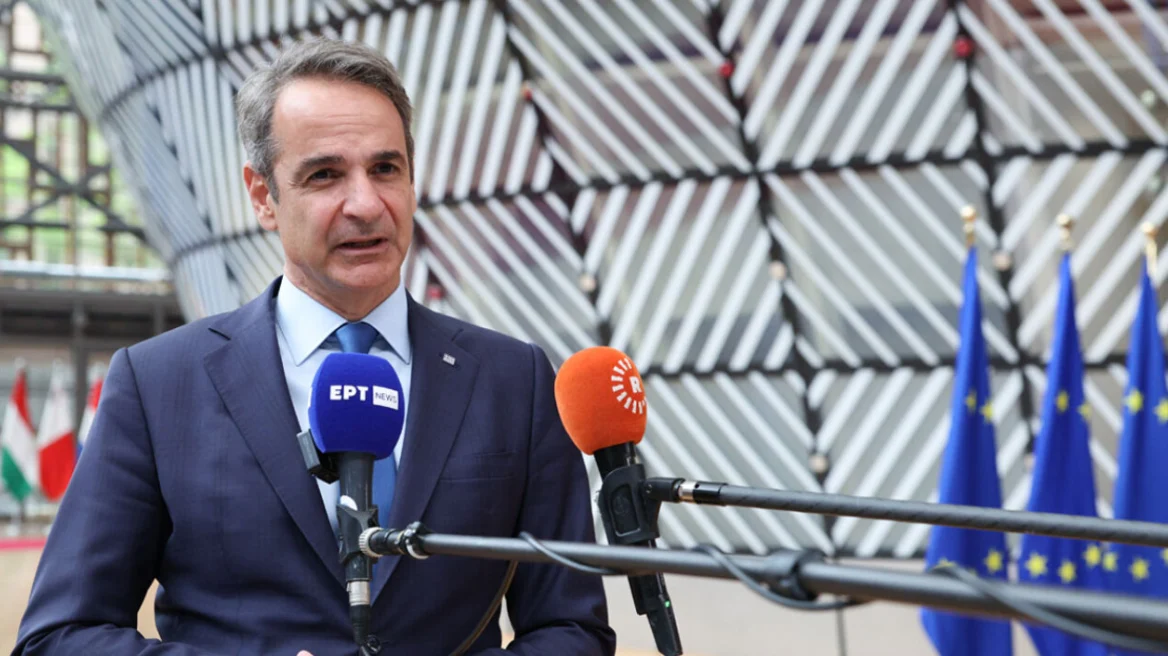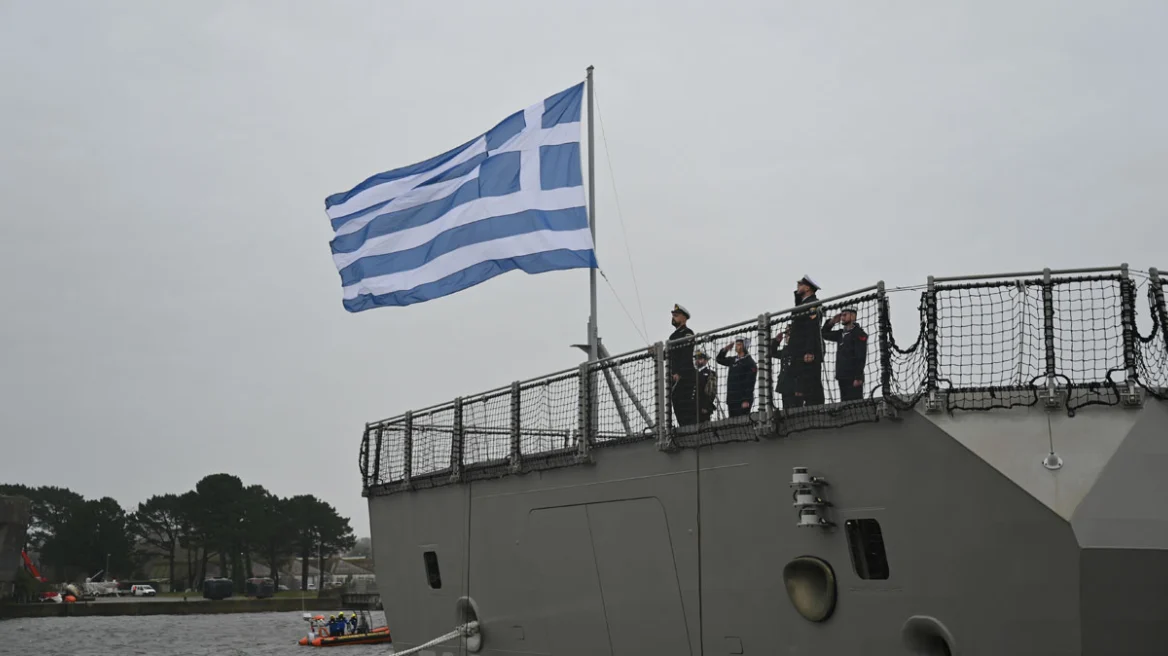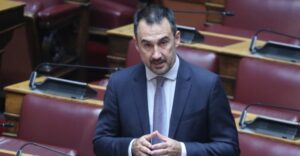The high standard of education and opportunities offered by Public Standards and Performing Schools lead thousands of students each year to take exams or enter a lottery for a place in the classrooms of these innovative schools.
The high academic qualifications of the teachers, the freedom to experiment, the implementation of innovative educational programs, as well as the partnerships with European schools or free education are the main reasons why parents encourage their children to enroll in one of the Model and Experimental Schools. These will soon be joined by the Public Onassis Schools.
As shown by the number of applications, in 2024 the total number of applicants was 20,299, of which 10,845 were for 3,003 places in the Experimental Schools and 9,454 were for the admission of 1,794 pupils to the Model Schools.
Preparation for admission to Standard often begins in the middle of primary school: preschool or private tutoring puts a corresponding strain on family budgets. However, the option of “investing” in the educational opportunities offered at these schools prevails.
The debate over Model and Experimental Schools began nearly a century ago, when in 1929, educators Dimitris Glinos and Alexandros Delmouzos proposed their establishment in order to initiate meaningful educational reform. In 1985 most of them were abolished, with the idea coming back in 2010-11, although it proved to be extremely short-lived, as they were abolished again in 2015 in the midst of the economic crisis. The institution was substantially reinstated in 2021, but with several objections, as it was seen as creating schools of “different gears.”
Protothema.gr presents a comparative useful guide with the admission requirements for each category of these schools, as well as the content of their operation.
Comparison
Model , Experimental and Onassis Schools are special categories of Greek public education, each with a different purpose and philosophy.
Regarding their structure, objectives, teaching methods and special characteristics, the following apply:
1. Model Schools
Characteristics:
– They are aimed at academically excellent students.
– Admission is by written examination.
– They aim to cultivate excellence and achieve high academic performance.
– They provide enhanced curricula in a demanding learning environment.
– They have increased autonomy in shaping the curriculum and teaching methods.
– Teachers are selected based on strict criteria regarding their academic track record and pedagogical skills.
– They allow for additional activities such as clubs, competitions or participation in research projects.
2. Experimental schools
Features:
– They apply innovative educational practices and modern teaching methods.
– Admission is by lottery to ensure random allocation and a representative sample of the student population.
– They collaborate with university institutions, fostering experimentation before the diffusion of educational methods to other schools begins.
– They emphasize pedagogical differentiation and interdisciplinary approaches.
– They make use of new teaching tools, while teachers have the opportunity to implement experimental teaching practices and participate in training programs. They enhance multidimensional learning and the use of modern educational tools.
3. Onassis Schools
Features:
– Supported by the Onassis Foundation.
– They specialize in educating students from areas facing social and economic challenges.
– They provide enriched curricula.
– They are enhanced by the operation of groups and ensembles after school hours, when they will be open to children from the wider region.
– Teachers are highly academically qualified.
– They promote the exposure of pupils from vulnerable groups to more stimuli and educational stimuli.
In more detail:
Profiles
What are Model Schools
They are secondary schools and high schools that aim to cultivate and spread excellence in the education system. Admission is by examination in Language Comprehension and Mathematics, and there will be changes in the system from this year.
In the Standards, emphasis is placed on highlighting students with talents and special learning abilities, resulting in a level above the average student population. The flexibility of a Model School’s program allows for the implementation of research projects, as well as the development of creativity clubs, inter-school activities and collaborations. Although the Ministry of Education’s program is adhered to, space is given to modern educational methods and innovative pedagogical approaches. In addition, new curricula are being piloted before they are generalised to other schools. It should be noted that due to the highly demanding level of the Model Schools, teachers are rigorously evaluated in order to be able to meet the requirements.
What are the Experimental Schools
They are primary and secondary schools: kindergartens, primary schools, primary schools, secondary schools and high schools. They aim to support experimentation and piloting of educational innovations in the education system, on a random sample of the student population admitted to them by electronic lottery, resulting in mixed ability classes. In addition, the aim is to familiarize undergraduate and postgraduate students with the teaching of individual subjects, in cooperation with departments and faculties of higher education institutions and the Institute of Educational Policy.
What are the Public Onassis Schools (DIMOS)
Despite their similarities to Model Schools, the DIMOS network is shaping a new type of public school with a social character, giving more opportunities to students in areas facing significant social and economic challenges to access modern and upgraded educational environments. For this reason, it is envisaged that at least 40%-60% of the pupils of each DIMOS will come from the municipal district in which it is located.
In the 22 schools being established – 11 high schools and 11 lyceums – the admission of students will be by examination, which will focus on ability and willingness rather than knowledge. After becoming Onassis, the existing public schools, receiving funding from the Onassis Foundation for building upgrades and covering part of their operating costs, will be integrated into a single network of school units and managed by a 9-member committee with a majority of the Ministry of Education – in essence, the DIMOS will operate under the supervision of the Ministry of Education, in close cooperation with the Onassis Foundation, without the latter interfering in their operation or in the content of teaching. Attendance will be completely free of charge, as in the Model and Experimental Schools. In addition, in September, all students at the Onassis Public Schools will receive a free tablet from the Onassis Foundation.
The newly established schools are expected to follow the Model Schools program and will be linked to universities and research centers. They will emphasize Humanities, Science and Social Sciences, Fine Arts, Digital Education and Emotional and Social Intelligence.
The areas in which DIMOS will operate are: Peristeri, Kolonos, Kypseli, Menidi and Perama in Attica. Xerokrini and Evosmos in Thessaloniki. In the rest of the territory, in Kozani, Xanthi, Rhodes and Heraklion.
– The groups and ensembles of the Onassis Schools. The participation of pupils will be compulsory for at least 10 hours of education per week throughout the school year. In particular, in the groups the cognitive areas will be Mathematics, Science, Computer Science and Digital Technology, Humanities and especially Greek (primary and ancient) Language, Greek and Foreign Literature and Literature, Foreign Languages, History, Rhetoric, Business Studies, Environmental Education, as well as other fields such as Visual Arts, Music, Theater and Sport.
The ensembles involve the creation or performance of one or more artistic works, in particular music, theater, performance, performance or other works. The groups in the 2nd and 3rd grade will focus on preparing students for the National Examinations. Students from neighboring public schools will also have access to the groups and ensembles, thus multiplying educational opportunities and strengthening local communities.
Applications
Any interested person, regardless of his/her place of residence, may submit an application for participation in the entrance examinations to a P.S. or a DIMOS, while at the same time the applicant is not excluded from participating in the draw for admission to a P.S. It is emphasized that this year, for the first time, the online applications of interested candidates for all three types of schools -Standard, Experimental and Onassis – will be submitted on a single platform in order of preference of the schools. The platform https://www.iep.edu.gr/pps/ for submission of applications will be opened in March.
How many operate
From 62 Model and Experimental Schools operating in the 2019-20 school year, the number has increased to 112 in 2021-22, 120 for 2022-23, and 144 are now operating in 2024-25.
The Model High Schools here:
https://depps.minedu.gov.gr/?page_id=10915#protypa
Ask me anything
Explore related questions

